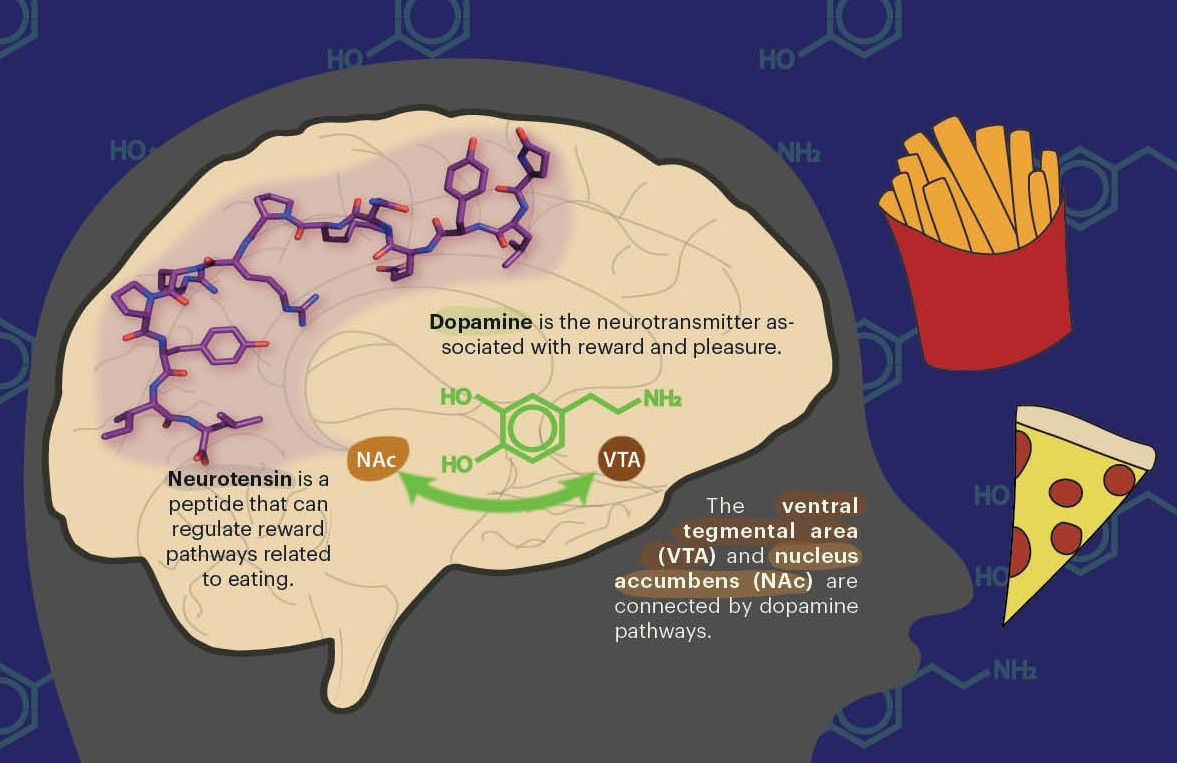Hot streak: how rising temperatures are skewing some animals’ sex ratios
March 23, 2017

In the 1993 film Jurassic Park, characters create a theme park populated with cloned dinosaurs that purportedly will not reproduce because they are all female. When the skeptical chaos theorist Dr. Malcolm voices concerns, the park’s lead geneticist Dr. Wu explains, “We control their chromosomes. It's really not that difficult.”
Of course, controlling sex determination—the process that governs whether an animal develops as a male or female—turns out to be remarkably difficult, both for the characters in the movie and in reality. Just as the Jurassic Park dinosaurs adapt and (spoiler!) begin reproducing in their new theme park environment, current climate change is thrusting real-life species into new environments. As global temperatures rise, animals whose sex is determined by the temperature at which they develop must adapt in order to maintain the ratio of males to females that is needed for survival of their species.
Animals use a wide range of mechanisms to determine the sex of their offspring. Placental mammals use the familiar chromosome-based process in which an embryo inheriting two X chromosomes develops as a female and one with an X and a Y develops as a male. Birds, the closest living relatives of dinosaurs, use a variation on this theme: females are the mismatched sex with Z and W chromosomes, while males have two Z chromosomes. Platypuses, always peculiar, have ten sex chromosomes, such that males are XXXXXYYYYY.
In contrast, for many other animals, sex isn’t controlled by chromosomes at all, but is based on environmental factors. For example, clownfish are all born male but can change to female based on their position in a dominance hierarchy. Within each community of clownfish, only the largest fish is female. If she dies, the largest male switches sexes and all the other males move up one position in the hierarchy. A different and widespread mode of environmental sex determination is based on the temperature of eggs during development. Animals employing temperature-dependent sex determination (TSD) include crocodilians (the next closest relative of dinosaurs after birds), turtles, and some lizards and fish. A loggerhead turtle egg that develops at the “pivotal temperature” is equally likely to become male or female, so when a clutch of eggs is laid at that temperature, half will be male and half female. As the temperature rises, embryos are increasingly likely to develop into females.
[caption id="attachment\\_14291" align="aligncenter" width="1024"][](http://berkeleysciencereview.com/hot-streak-rising-temperatures-skewing-animals-sex-ratios/graphic\_1\_v6-01/) Animals use diverse mechanisms to determine the sex of developing offspring, including chromosome-based and environmental systems. Image credit: Lauren Borja, BSR Design Team.[/caption]
Reconstructing evolutionary history based on currently living organisms hasn’t yet provided enough information to determine if dinosaur sex was determined by chromosomes (like birds) or temperature (like crocodilians). Understanding this could have important implications, since some researchers have proposed that TSD was a factor in the extinction of the dinosaurs. If global temperatures quickly cooled after an asteroid impact 65 million years ago, sex ratios for species using TSD may have become so skewed that there weren’t enough mating pairs to maintain their populations.
To explore this hypothesis, paleontologists used fossils from a site in Montana to catalog the species present before and after the mass extinction that occurred 65 million years ago. Unexpectedly, the researchers found that the mode of sex determination used by these different species did not predict their survival: a high percentage of species thought to use TSD survived, while many with genetic sex determination went extinct.
So how did these TSD species survive? Maybe the forerunners of today’s crocodiles shifted their geographic ranges or were able to adapt behaviorally by seeking out warm spots to lay their eggs. Maybe these species’ pivotal temperatures shifted, allowing the animals to maintain equal sex ratios even in a new climate. The question of TSD species’ resilience has renewed importance as modern climate change forces TSD species, such as turtles, to cope with rapidly changing temperatures. For example, on one island in North Carolina, average temperatures have risen by one degree Celsius over the past 25 years, and the sex ratio of loggerhead turtle hatchlings has increased from 53 percent female to 72 percent female over the same time period.
A recent study by scientists in Australia was the first to document non-behavioral adjustment of sex ratios in response to rising temperatures. These scientists studied the coral reef damsel fish, a TSD species that experiences average annual temperatures of 23.0 to 28.5°C (or around 80°F) in the Great Barrier Reef. Sea surface temperatures are predicted to rise by 3.0°C over the course of this century, so the scientists raised the fish at three different temperatures: current temperatures (28.5°C in the summer), 1.5°C above current temperatures, and 3.0°C above current temperatures. They found that in present-day conditions, approximately 50 percent of the fish are female, but that proportion drops to 28 percent at 3.0°C higher.
But could the temperature at which a fish is raised cause an adjustment in the pivotal temperature for sex determination of its offspring, allowing the animals to rapidly adapt to a changing climate? The scientists addressed this question by rearing fish for their entire lives at 3.0°C above current ocean temperatures. When the offspring of these fish developed at 3.0°C higher, 34 percent were female. This six-point increase indicates that the pivotal temperature indeed shifted. However, after two generations at 3.0°C higher, the fish were unable to produce any offspring, whereas those raised at 1.5°C higher for two generations produced progeny with a near fifty-fifty sex ratio. Together, these results demonstrate that there is some mechanism that restores sex ratios across generations based on parental conditions, but that there is a limit to this plasticity. This evidence reveals that coral reef damsel fish have a way to adjust their sex ratios and cope with at least some climate change.
[caption id="attachment\\_14288" align="aligncenter" width="843"][](http://berkeleysciencereview.com/hot-streak-rising-temperatures-skewing-animals-sex-ratios/graphic\_2\_v4-01-1/) To learn how temperature-dependent sex determination is impacted by rising temperatures, Australian researchers collected breeding pairs of coral reef damsel fish from the ocean and raised their offspring for two generations at modern-day ocean temperatures, 1.5°C above current temperatures, or 3.0°C above current temperatures. In the first generation, fish raised at current temperatures had an even sex ratio, while those raised at higher temperatures were less likely to develop as females. In the second generation, sex ratios at the higher temperatures reset closer to the even ratio seen at current temperatures. Image credit: Lauren Borja, BSR Design Team.[/caption]
In Jurassic Park, Dr. Malcolm expresses his prescient worries about the supposedly all-female population of dinosaurs: “If there's one thing the history of evolution has taught us it's that life will not be contained…life finds a way.” In the real world, some TSD species did find ways to survive the mass extinction 65 million years ago, while others went extinct. Experiments with reef damsel fish show that plasticity of the pivotal temperature can facilitate adjustment to current rising temperatures, but further experiments are needed to predict whether other TSD species will be able to adjust through similar mechanisms. If not, conservationists must devise methods to maintain sex ratios in vulnerable populations.
Featured image credit: Leatherback turtle juveniles leaving their nest at Eagle Beach, Aruba by Elise Peterson via Wikimedia Commons.





